Articles
The fact that kilim became a status among Bosniak Muslim nobility is documented by the travel writers. Thus, one of the members of the delegation of Austrian Emperor Ferdinand I, in 1530, wrote that near Sarajevo they were received by the Bosnian regent of Gazi Husrev Beg in his tent whose floor was covered with 'a very beautiful carpet'.
Jul 17, 2017
Gardens and the love of flowers formed key elements of Islamic art and imperial culture. The tulip became inseparable from Ottoman gardens and garden design.
Jul 14, 2017
It has been twenty 20 years since Esref Kovacevic's death. He was a renowned Bosnian historian, scholar, translator and calligrapher. His scientific work is well known to researchers of the Ottoman Bosnia and Herzegovina, while the general public knows him by his long poem in honour of Muhammad (pbuh), his calligraphy and his transcription of Qur’an.
Jul 12, 2017
A new approach to culture and arts in Bosnia and Herzegovina witnesses the Museum of Gazi Husrev Beg, established in fall 2012 by the Gazi Husrev Beg Waqf (endowment). From its opening it records steady visitor growth, both domestic and foreign tourists. The permanent collection confirms that Bosnia and Herzegovina is following same trends as other contemporary museums.
Jul 11, 2017
Nezir Hadzimejlic was a Bosnian calligrapher who lived in the 19th century and only two levhas (calligraphic panels) by this great master have been preserved.
Jul 10, 2017
Like in any classical art, such as music, the discipline needed to become a calligrapher involves a lot of time, sacrifice and hard work. (Nuria Garcia Masip)
Jul 09, 2017
Behauddin Sikiric was a great 19th century Bosnian calligrapher. His diploma states that he achieved a high title of calligraphy - hattat and that he perfected all the styles (aklam-i sitte) as well as other styles. In ijazatnama it is written: "He has mastered all styles, thuluth, naskh, diwani, riqa, sijaket, rejhani, jeli, kufic, ta'lik, tughra, sinjir, and God alone knows what he has mastered."
Jul 06, 2017
It can be safely said that just as the leading calligraphers including Ibn Mukle, Ali b. Hilal, Yakut-i Müsta’sim, in the formative period of this distinguished art, Hasan Çelebi is the most important milestone of this art in the modern period.
Jul 04, 2017
The Hamdan bin Mohammed bin Rashid Al Maktoum International Photography Award (HIPA) has announced a total of five winners for the June edition of the Instagram Photo Contest which centered on the Holy month of Ramadan.
Jul 04, 2017
“You can express yourself with the Islamic arts, but it is not the essential goal. The essential goals are to mature our characters and get the Islamic message across to people.†(Lutfiye Depeler)
Jun 26, 2017
From Fatima Zehra Hanim’s works that have come down to us, it can be safely said that her hand was strong, and her calligraphy was beautiful and smooth.
Jun 25, 2017
“My real world is art, which shows my soul and feelings. Sometimes, I imagine the flowers in paradise and try to design them, which makes me as happy as if I had actually seen them. İf you want to know me, you just look at my artwork so that you see my feelings, dreams, belief and soul.†(Fatma Özçay)
Jun 22, 2017

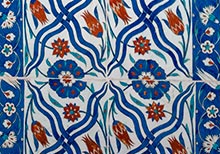
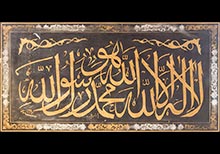

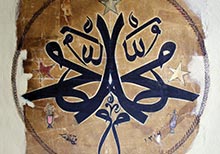
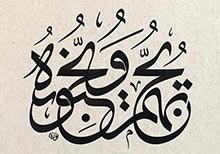
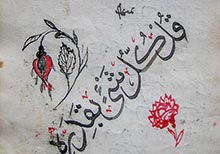
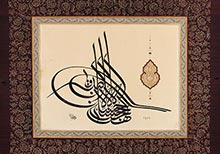
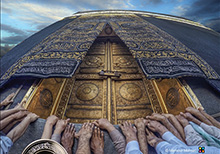
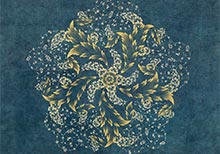
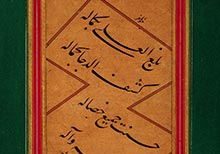
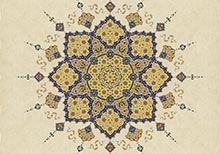
Stay in touch
Keep up to date with IAM's special offers, giveaways and news in your preferred format.